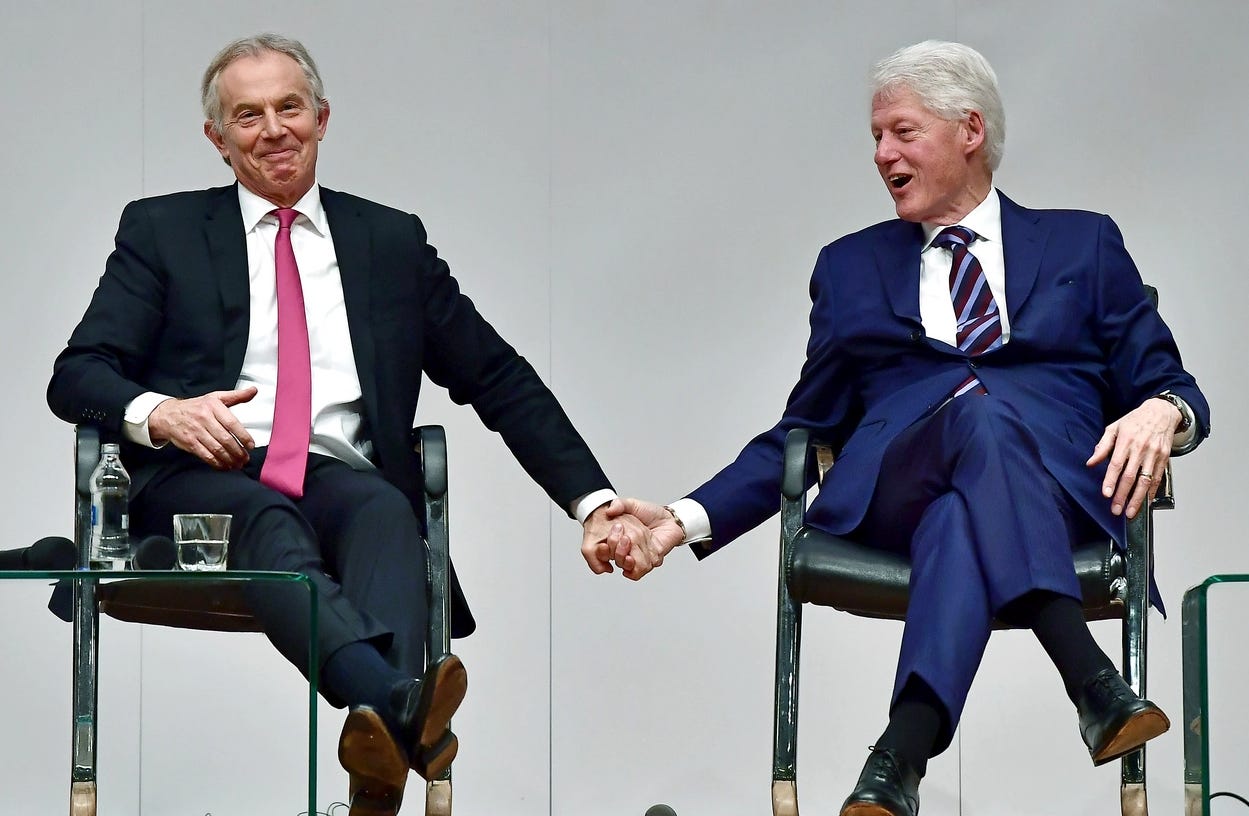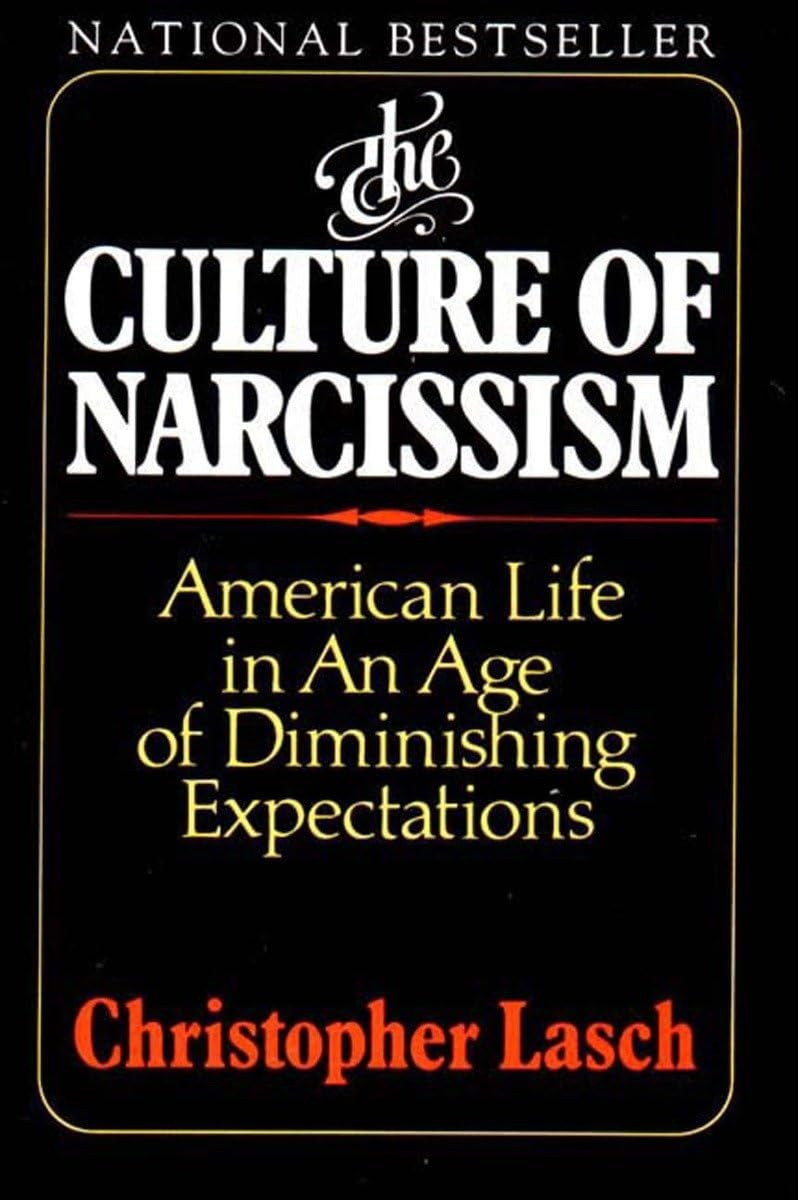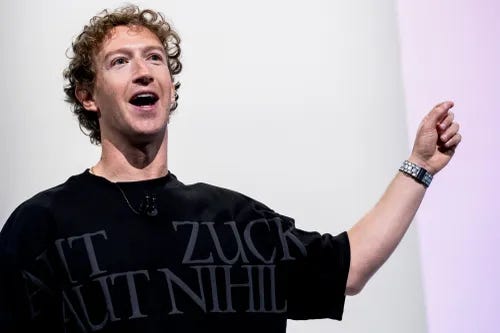Class amnesia
Inequality is rising, the middle class is shrinking — so why has ‘class’ disappeared from our public conversation?
It’s one of the strangest paradoxes of our time: inequality is soaring, housing is unaffordable, wages have stagnated for most, and entire communities are locked out of opportunity — yet class has all but vanished from our political and cultural conversation.
Instead, we talk about identity. The lens of class — once the central framework for understanding inequality in the modern world — has faded into the background. Why?
To understand the disappearance of class from our public discourse, we need to look at three interlocking trends: the evolution of political coalitions, the changing nature of capitalism, and the rise of cultural individualism.
The Political Realignment: Class Got in the Way
In the postwar decades, class was front and center. Political parties in the West divided more or less along class lines: labor vs capital, workers vs owners, unions vs business. The left was the party of redistribution; the right, of market freedom.
But starting in the 1970s, things shifted. Deindustrialization hollowed out the working class. Neoliberalism swept across both left and right. Parties once rooted in blue-collar solidarity reinvented themselves around professional-class elites. Bill Clinton’s “New Democrats” and Tony Blair’s “Third Way” were emblematic: progressive on culture, pragmatic on markets.
In the U.S., Democrats increasingly became the party of college-educated urbanites — tech workers, lawyers, media professionals — while Republicans gained support from working-class whites disillusioned by globalization and cultural liberalism. This “diploma divide” fractured the old class coalitions.
Class became politically inconvenient. For the left, raising it risked alienating affluent donors and voters. For the right, it threatened their pro-market orthodoxy. Both sides found it easier to redirect grievance toward cultural battles — safer, more symbolic, and more electorally useful.

Capitalism Changed — and So Did Class Itself
The second shift is structural. The nature of class has become harder to define. In the industrial era, class was occupational and visible: you knew who the factory owners were, and you knew who the workers were. But in today’s post-industrial economy, class lines are more blurred, more psychological, more spatial.
You can be a college-educated adjunct professor or nonprofit worker and still live paycheck to paycheck. You can be a plumber or small business owner and earn six figures. Cultural capital and economic capital have diverged. A whole “precariat” has emerged — downwardly mobile millennials, gig workers, debt-laden graduates — who don’t fit neatly into the old categories.
Worse, the language of class has been co-opted. Phrases like “middle class” are used so broadly they’ve lost all meaning. Politicians claim to speak for the middle class while pushing policies that benefit the wealthy. Economic elites cosplay as everyday Americans. Billionaires wear hoodies and tweet like the rest of us.
In this landscape, real material differences are masked by lifestyle aesthetics and social media performance. Class exists, but it hides in plain sight.
Cultural Individualism Crowds Out Structural Thinking
Finally, we can’t ignore the deeper cultural shift: the rise of expressive individualism. In the U.S. especially, we’ve embraced a therapeutic, personal lens for everything — your trauma, your identity, your brand. This mindset prizes authenticity, self-expression, and subjective experience over collective belonging or structural critique.
Class, by contrast, is impersonal. It speaks in terms of systems, not feelings; structures, not stories. It forces us to look beyond ourselves — to question how wealth is distributed, how power is organized, how labor is valued. That kind of thinking is deeply unfashionable in a culture obsessed with self-definition and personal empowerment.
Social media reinforces the trend. Identity-based content — “as a…” statements, personal narratives, TikTok aesthetics — is more viral and algorithmically rewarded than discussions of tax policy, wage suppression, or monopsony labor markets.
Class consciousness is slow, boring, and not easily monetized. So it disappears from the feed.

The Consequences of Class Amnesia
The silence around class has real consequences. It blinds us to how wealth and power operate. It makes the poor invisible. It lets performative progressivism flourish — corporations tweeting about the latest trendy social justice fight while union-busting behind the scenes. It fuels resentment, as people sense injustice but are misled about its roots.
And it weakens the political imagination. If we can’t talk about class, we can’t talk seriously about housing, healthcare, education, or poverty — all of which hinge on how resources are allocated and who gets to decide.
Class won’t disappear just because we stop talking about it. It remains the deepest fault line in modern society — only now, it’s buried beneath layers of cultural confusion.
We need to bring class back into the story, not as a relic of Marxist dogma, but as a lens for understanding how wealth reproduces itself in the 21st century.
If we fail to do that, the vacuum won’t last. It will be filled — as history shows — by demagogues who weaponize class rage while serving elite interests. The stakes couldn’t be higher.




